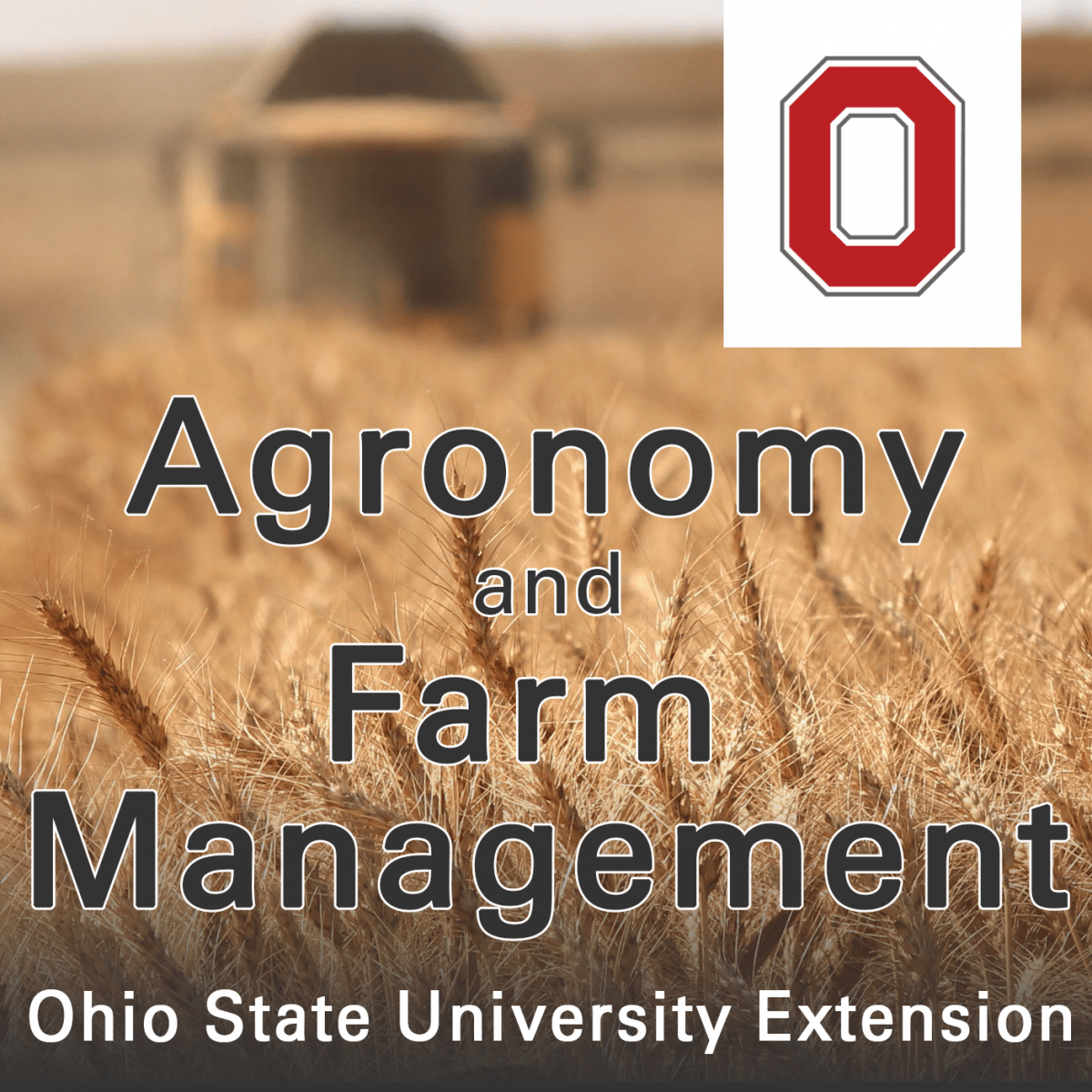 Have you ever considered implementing conservation practices in your operation, but wanted to learn more about the economic side of doing so? Join OSU Extension on January 31st from 10:00 a.m. to 11:30 a.m. for the first Water Quality Wednesday Webinar of 2024: The Economics of Conservation.
Have you ever considered implementing conservation practices in your operation, but wanted to learn more about the economic side of doing so? Join OSU Extension on January 31st from 10:00 a.m. to 11:30 a.m. for the first Water Quality Wednesday Webinar of 2024: The Economics of Conservation.
Three speakers will provide insight into the economic benefits of utilizing different conservation practices, including cover crops and the use of manure as a nutrient source. Katie Wilts Johnson, Extension Economist, Center for Farm Financial Management at the University of Minnesota, will use FINBIN data to discuss short and long-term cash flow positions and how this relates to utilizing cover crops. OSU Extension’s Farm Business Analysis Program Manager Clint Schroeder will discuss how OSU can help you figure out exactly how different management practices can benefit your farm economics. Glen Arnold, Field Specialist in Manure Nutrient Management at The Ohio State University will wrap up the session by discussing the yield and financial benefits of utilizing manure in-season as a nutrient source.
Certified Crop Adviser CEUs will be available during the live session. Register to receive the connection link at go.osu.edu/WQW24. Can’t join live? The recording of this webinar will be posted to the OSU Agronomy YouTube Channel’s Water Quality Playlist following the event. Questions can be directed to Rachel Cochran, cochran.474@osu.edu or (567) 344-5016.
Water Quality Wednesday Webinar Series Flyer
January 2024 Water Quality Wednesday: The Economics of Conservation

 LONDON, Ohio – More than 50 companies will join the ranks as exhibitors for the 61st Farm Science Review Sept. 19-21 at the Molly Caren Agricultural Center. The new exhibitors represent various sectors in the agriculture industry including livestock handling, equipment advancements, agronomic technology, agricultural policy, and more.
LONDON, Ohio – More than 50 companies will join the ranks as exhibitors for the 61st Farm Science Review Sept. 19-21 at the Molly Caren Agricultural Center. The new exhibitors represent various sectors in the agriculture industry including livestock handling, equipment advancements, agronomic technology, agricultural policy, and more. Join Defiance and Paulding County OSU Extension in Jewel, Ohio for the next Ag Outlook meeting on Tuesday, February 14 from 5:30 – 9:00 PM at the Jewell Community Center, 7900 Independence Rd., Defiance, OH 43512.
Join Defiance and Paulding County OSU Extension in Jewel, Ohio for the next Ag Outlook meeting on Tuesday, February 14 from 5:30 – 9:00 PM at the Jewell Community Center, 7900 Independence Rd., Defiance, OH 43512.








 The overall drier pattern in many but not all places in Ohio this summer appears like it will relax closer to normal in August. The greatest uncertainty with the outlook will center around how the tropical moisture impacts the eastern United States.
The overall drier pattern in many but not all places in Ohio this summer appears like it will relax closer to normal in August. The greatest uncertainty with the outlook will center around how the tropical moisture impacts the eastern United States.

